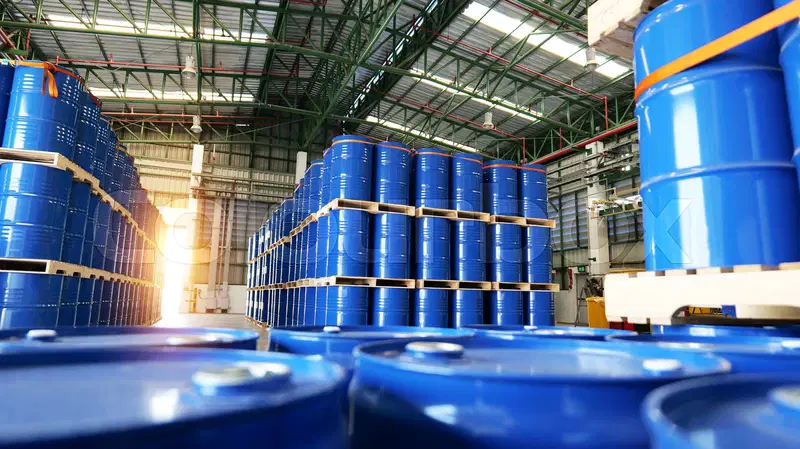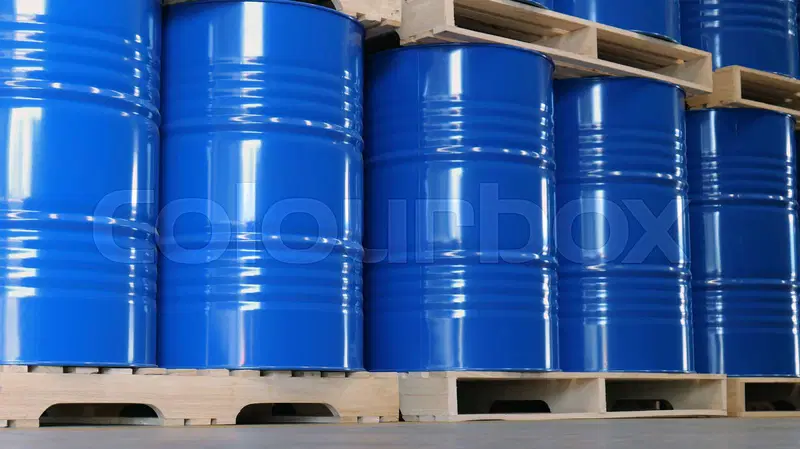- Yathrib Intersections - Industrial Zone - Sadat City
- Sat - Thu: 8:00 AM - 4:00 PM , Fri: Closed

Chemical Pallets
Chemical pallets (often referred to as CP pallets) are specifically designed to meet the demanding requirements of the chemical and pharmaceutical industries. They are standardized across Europe by the VCI (German Association of Chemical Industry) to ensure safety, consistency, and compatibility in logistics.
Optimizing Pallet Sizes
In the chemical industry, efficiency and safety are non-negotiable — and that begins with the right pallet size. Chemical Industry Pallets, especially the standardized CP series (CP1–CP9), are purpose-built to handle various forms of chemical goods including drums, bags, and IBC containers.
These pallets come in optimized dimensions to maximize storage space, improve transport safety, and ensure compatibility with industrial racking and handling systems.
Whether you’re transporting hazardous materials or bulk liquid containers, choosing the right CP pallet size minimizes load shifting, speeds up loading times, and ensures regulatory compliance in international logistics.
Why Chemical Industry Pallets?
Chemical Industry Pallets — especially the CP (Chemical Pallet) series — are designed specifically to meet the unique demands of transporting and storing hazardous, heavy, and high-value materials. Here’s why they’re essential:
Designed for Hazardous Materials
CP pallets are engineered to handle corrosive, flammable, or reactive chemicals safely, reducing risks during storage and transport.Standardized Dimensions
The CP1–CP9 types offer consistent sizes and shapes, making them fully compatible with European and international handling systems and containers.Durable for Heavy Loads
Built to withstand extreme weights and environmental conditions, ensuring product stability and workplace safety.International Logistics Ready
Their standardized designs are recognized across global supply chains, simplifying export/import processes.Reusable and Cost-Efficient
Whether wooden or plastic, CP pallets are built for multiple-use cycles, reducing long-term operational costs.

- Safe for hazardous materials
- Reusable and durable
- Can be made of plastic for hygienic uses
- Stackable and compatible with transport systems
mas-wp.com
Yathrib Intersections - Industrial Zone - Sadat City
We are committed to offering durable, eco-friendly, and customizable wooden pallets and support efficient transportation and storage.
- © Copyright 2025 by mas-wp.com
